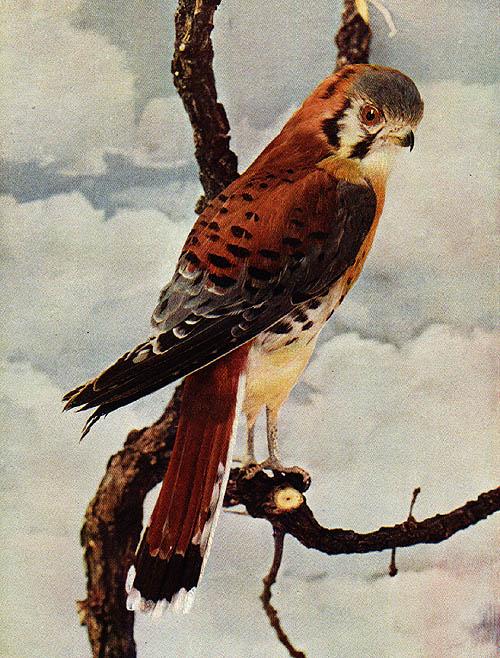|
| Query: bird | Result: 784th of 32675 | |
Bird of prey - aat50203.jpg --> American Kestrel
| Subject: | Bird of prey - aat50203.jpg --> American Kestrel
| | Poster: | Kim Jinsuk (jskim@bioinfo.kordic.re.kr)
| |

| File size : 84364 bytes
File date : 1999:01:31 09:00:00
Resolution: 500x658
Jpeg process : Baseline
Posted Newsgroups: alt.binaries.pictures.animals
Posted Date: Fri, 29 Jan 1999 16:55:25 +0900 |
|
|

